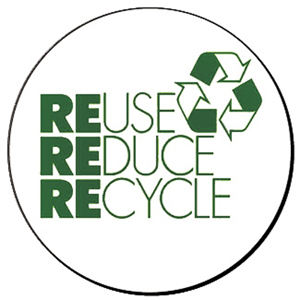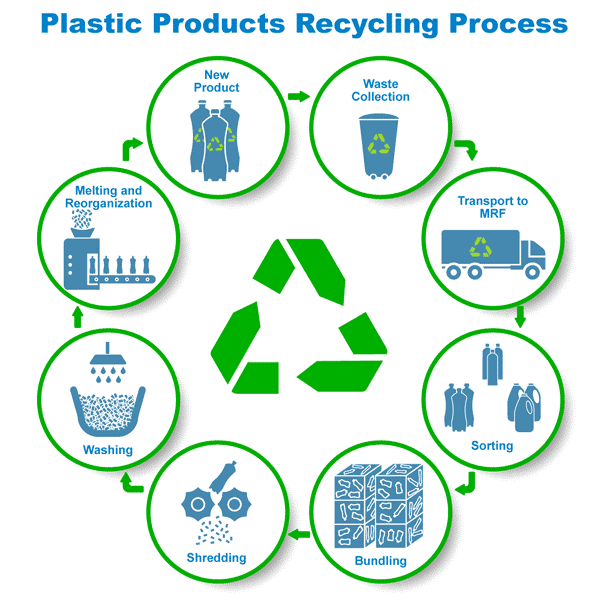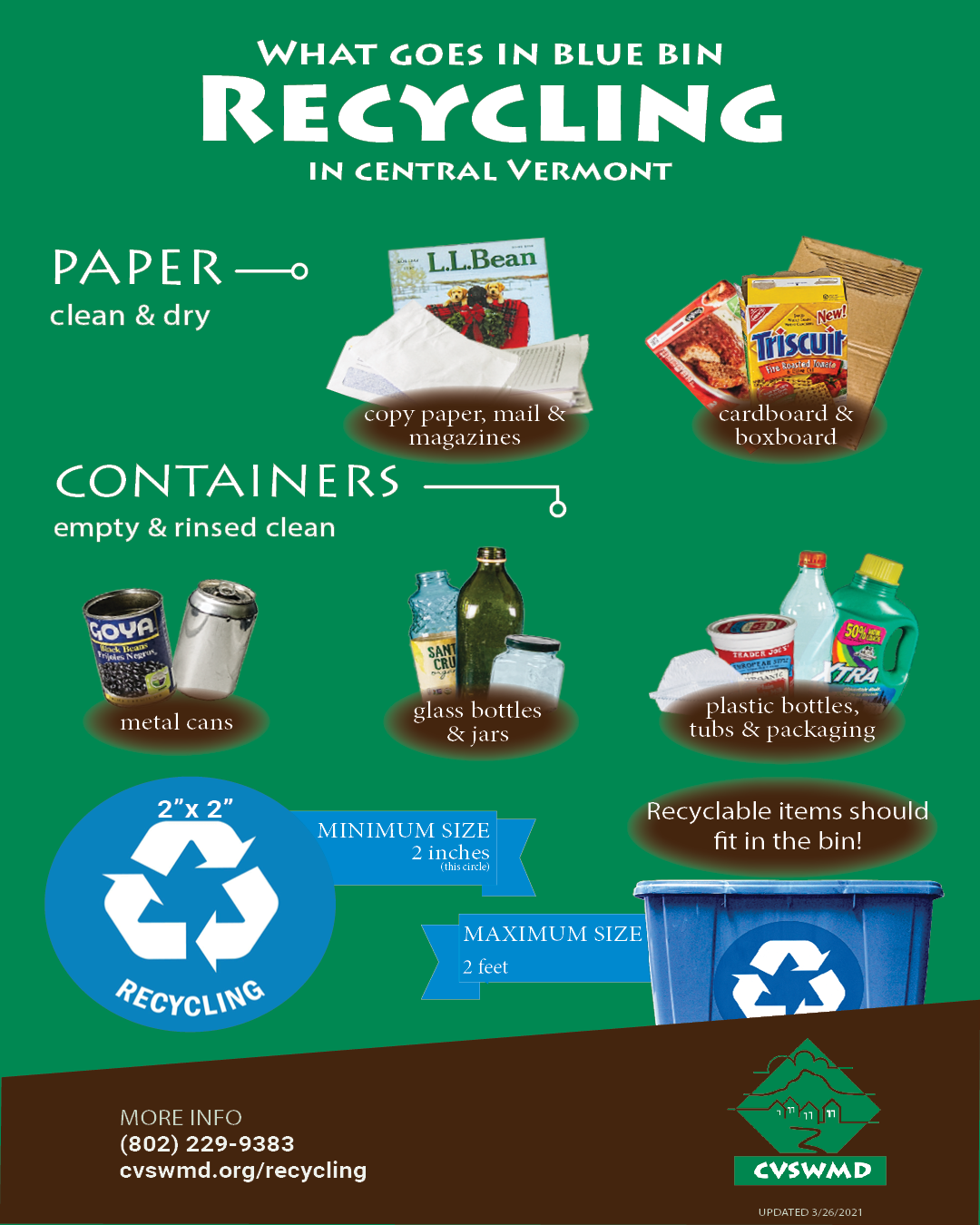The Influence of Recycling Lives Services on Communities and the Atmosphere
The Influence of Recycling Lives Services on Communities and the Atmosphere
Blog Article
Recognizing the Classification and Handling of Different Kinds of Waste
Reliable waste monitoring is critical for environmental sustainability, requiring a thorough understanding of the classification and handling of numerous waste kinds. Home waste, industrial by-products, harmful materials, electronic refuse, and organic remnants each necessitate unique methods to make certain security and decrease eco-friendly damage. Applying appropriate segregation, therapy, and disposal methods is important to mitigate unfavorable environmental impacts and advertise resource preservation. The composting of organic waste contrasts sharply with the complex procedures needed to manage unsafe compounds. This complex technique to squander monitoring underscores its complexity and the crucial need for specialized knowledge in this domain name.

Family Waste
Home waste, encompassing a broad selection of disposed of products generated from day-to-day living tasks, represents a considerable element of the overall waste stream - recycling lives services. This group consists of organic waste such as food scraps, backyard trimmings, and paper products, along with inorganic products like plastics, metals, and glass. The varied nature of home waste requires efficient classification and management to alleviate environmental effect and promote lasting living methods
Efficient house waste administration begins with partition at the source, promoting recycling, composting, and secure disposal. Organic waste, for instance, can be composted to produce nutrient-rich dirt modifications, decreasing garbage dump concern and boosting dirt health and wellness. Recyclable products, consisting of paper, glass, and particular plastics, can be processed and repurposed, conserving resources and decreasing energy consumption connected with brand-new product manufacturing.
Furthermore, hazardous house waste such as batteries, digital devices, and cleaning chemicals requires specialized managing to stop dirt and water contamination. Public recognition campaigns and hassle-free disposal choices play crucial roles in making certain appropriate disposal and recycling of these products. By implementing robust waste decrease approaches and promoting neighborhood engagement, towns can substantially minimize the environmental footprint of household waste.
Hazardous Waste
Industrial waste, a major contributor to global waste generation, incorporates a varied series of products produced by production, building and construction, and other industrial tasks. This group includes byproducts such as scrap steel, plastics, rubber, chemicals, and other residues. The make-up and quantity of industrial waste can differ significantly depending upon the market and production processes included. Efficient monitoring of industrial waste is essential for reducing ecological effect and advertising lasting practices.
The handling of industrial waste typically involves several procedures: collection, treatment, disposal, and segregation. Collection systems are made to successfully collect waste materials from different resources within an industrial operation. Segregation is important, as it makes sure recyclable materials are separated from non-recyclable ones, which can be directed towards appropriate recycling or disposal networks. Treatment processes, consisting of physical, chemical, and biological methods, are used to minimize the toxicity, quantity, and environmental impact of the waste. Ultimately, disposal approaches like landfilling or incineration are made use of for waste that can not be recycled or dealt with.
Taking on techniques such as waste minimization, resource recovery, and recycling can considerably reduce the worry of hazardous waste on the atmosphere, adding to more lasting industrial practices.
Hazardous Waste

Harsh wastes can harm or destroy living tissues and products. Combustible wastes can quickly fire up, presenting fire dangers, while reactive wastes can cause explosions or launch toxic gases upon contact with various other substances.
Efficient dangerous waste administration involves several essential practices: recognition and segregation of unsafe products, risk-free transport and storage space, and ideal therapy and disposal. Therapy approaches might include chemical neutralization, incineration, and stablizing. Regulative compliance is essential, assisted by structures such as the Source Preservation and Healing Act (RCRA) in the United States, which ensures risk-free and ecologically audio management of harmful waste.
Electronic Waste
Digital waste, often abbreviated as e-waste, represents a growing obstacle in waste monitoring due to the fast obsolescence of innovation. This category incorporates a wide series of discarded digital devices, consisting of best site smart devices, computers, tvs, and household appliances. The intricacy of e-waste hinges on its composition; these items consist of a blend of valuable materials such as gold and copper, as well as hazardous compounds like cadmium, mercury, and lead.

Regulations and laws, such as the European Union's Waste Electric and Electronic Devices (WEEE) Instruction, objective to advertise accountable e-waste management. These plans mandate manufacturers to assist in the collection and recycling of digital products, thus reducing the concern on landfills and reducing ecological contamination.
Organic Waste
Organic waste, incorporating biodegradable materials such as food scraps, yard trimmings, and agricultural residues, makes up a considerable part of the municipal solid waste stream. This kind of waste is notable not only for its volume however additionally for its prospective ecological impact otherwise handled correctly. Organic waste can disintegrate anaerobically in garbage dumps, generating methane, a powerful greenhouse gas adding to climate adjustment.
Appropriate handling of organic waste involves a number of approaches. Composting is a commonly taken on method, changing natural materials right into important compost that can improve dirt and support lasting agriculture. This procedure likewise minimizes the volume of waste sent out to land fills. Another technique is anaerobic food digestion, which damages down raw material in the lack of oxygen, generating biogas that can be made use of as a renewable resource source. In addition, drawing find out away food waste from garbage dumps with contribution programs can minimize food insecurity while minimizing waste.
Municipalities and organizations are significantly identifying the relevance of natural waste management. Applying comprehensive natural waste reusing programs not just reduces ecological influences however also straightens with more comprehensive sustainability goals, advertising a circular economic situation where resources are consistently recycled and repurposed.
Final Thought
Efficient waste administration and environmental protection demand an extensive understanding of the classification and handling of different waste kinds. House, commercial, dangerous, digital, and organic waste each require distinctive procedures for disposal, treatment, and segregation. Proper monitoring lessens environmental influence, conserves sources, and advertises sustainability. Executing proper techniques for each and every waste kind makes sure secure and responsible waste administration techniques, ultimately adding to the defense of communities and public health.
Effective waste monitoring is pivotal for ecological sustainability, calling for a comprehensive understanding of the classification and handling of various waste types.House waste, incorporating a wide variety of discarded materials created from everyday living activities, represents a considerable element of the total waste stream.Industrial waste, a major contributor to worldwide waste generation, incorporates a diverse variety of materials generated by manufacturing, construction, and various other commercial tasks (recycling lives services).Harmful waste, an essential concern in waste monitoring, consists of materials that position substantial risks to human health and the atmosphere due to their harmful, harsh, flammable, or reactive homes.Organic waste, incorporating naturally degradable products such as food scraps, backyard trimmings, and agricultural residues, makes up a considerable portion of the community solid waste stream
Report this page